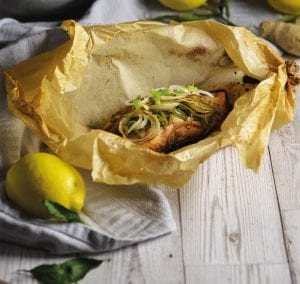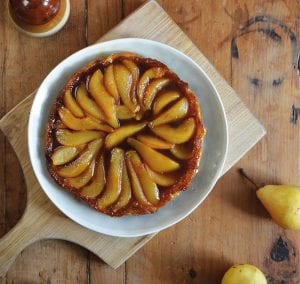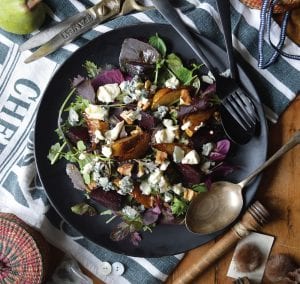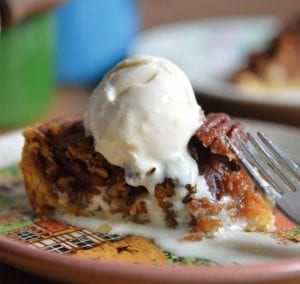With all the good intentions that emanate with the New Year, our tastes turn to fresh flavours, writes Katie Kingsley.
Minestrone

My family love this soup, it’s a great way of giving everyone a healthy dose of vegetables. A lovely warming supper for chilly nights and sore throats, too!
Heat 2tbsp olive oil and knob of butter in a frying pan. Cook 150g smoked, cubed pancetta until golden then add two finely diced onions. Add three minced garlic cloves for the last few minutes of cooking the onions, when they are starting to brown. Finely chop three carrots, two celery stalks and two skinned tomatoes then add to the pan, sweat the vegetables for about 30 minutes with the lid on the pan, stirring occasionally then add 1.5 litres of chicken stock and 2tbsp of tomato puree, simmer for another 30 minutes with the lid on. Finely chop two leeks and a quarter of a green cabbage and add to the soup with 100g of small pasta shapes and continue cooking uncovered for 10 minutes or until the pasta is cooked. Finally check the seasoning, stir through a handful each of torn basil and chopped parsley and serve with plenty of grated parmesan.
Salmon en papillote

This is a simple, fresh dish to add to your weekly repertoire that’s real healthy fast food and no washing up. I like to serve this with steamed Chinese vegetables and rice or noodles.
« Tip – I like to add half a lemon to my rice when cooking then squeeze it to taste and stir it through the rice when cooked.
Heat oven to 180°C. Place your salmon fillets in the middle of parchment paper measuring about 30 x 40cm. Finely slice a few handfuls of mange touts diagonally then place atop the fillets. Slice a two-inch piece of peeled root ginger into very fine matchsticks and lay over the mange touts then finely slice four spring onions and lay over the ginger. Carefully pour 1 tbsp of soy sauce and 1 tsp of mirin over each fillet then use an egg white to brush around the edge of the paper and carefully fold to enclose so the salmon has room to steam in the airtight parcels. Bake in the oven for 20 minutes.
Pear tarte tatin

If your resolution is to cook more and save money on expensive cake then this one’s for you. This can’t look anything but magnificent, in fact the more rustic the better and it takes only 10 minutes to put together. Pears, apples or pineapples all work beautifully in this tart.
Heat oven to 200°C. Add 150g of golden caster sugar, 50g of unsalted butter and a small pinch of salt to a cast iron skillet with a squeeze of lemon juice and cook for about five minutes over a medium heat until it turns a deep golden. Leave to one side as you prepare your fruit. Peel three or four firm pears, halve and core then place each half cut side-down and slice along vertically four times, leaving it connected at the top. Fan the pears out and place in the caramel then cut a circular piece of puff pastry just bigger than the size of your skillet and place over the pears, tucking around the edges. Cook for 20–25 minutes until puffed and golden. Invert on to a plate carefully while still warm. If you have excessive juices, you can always reduce them in a pan and pour back over the tart.









